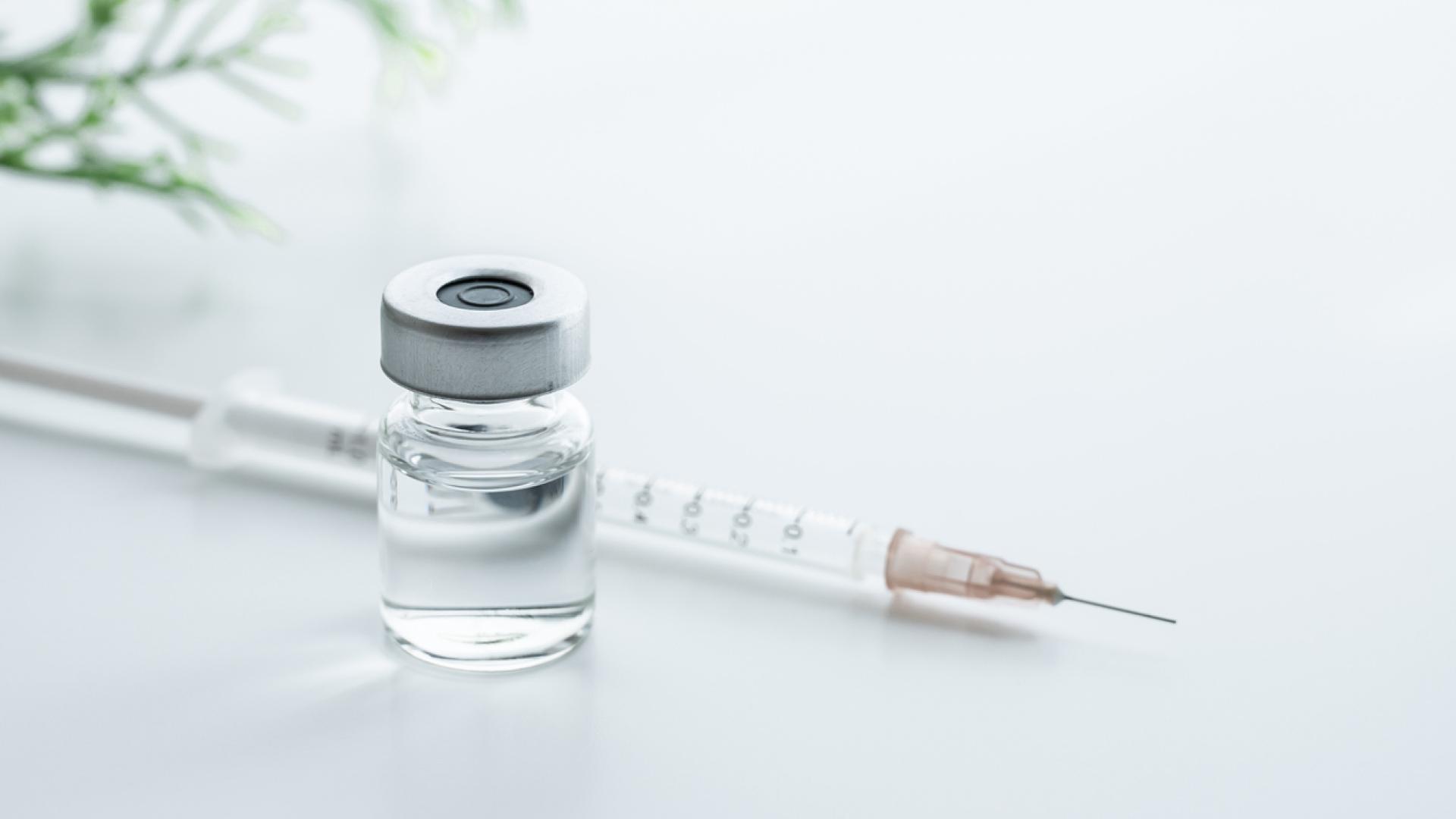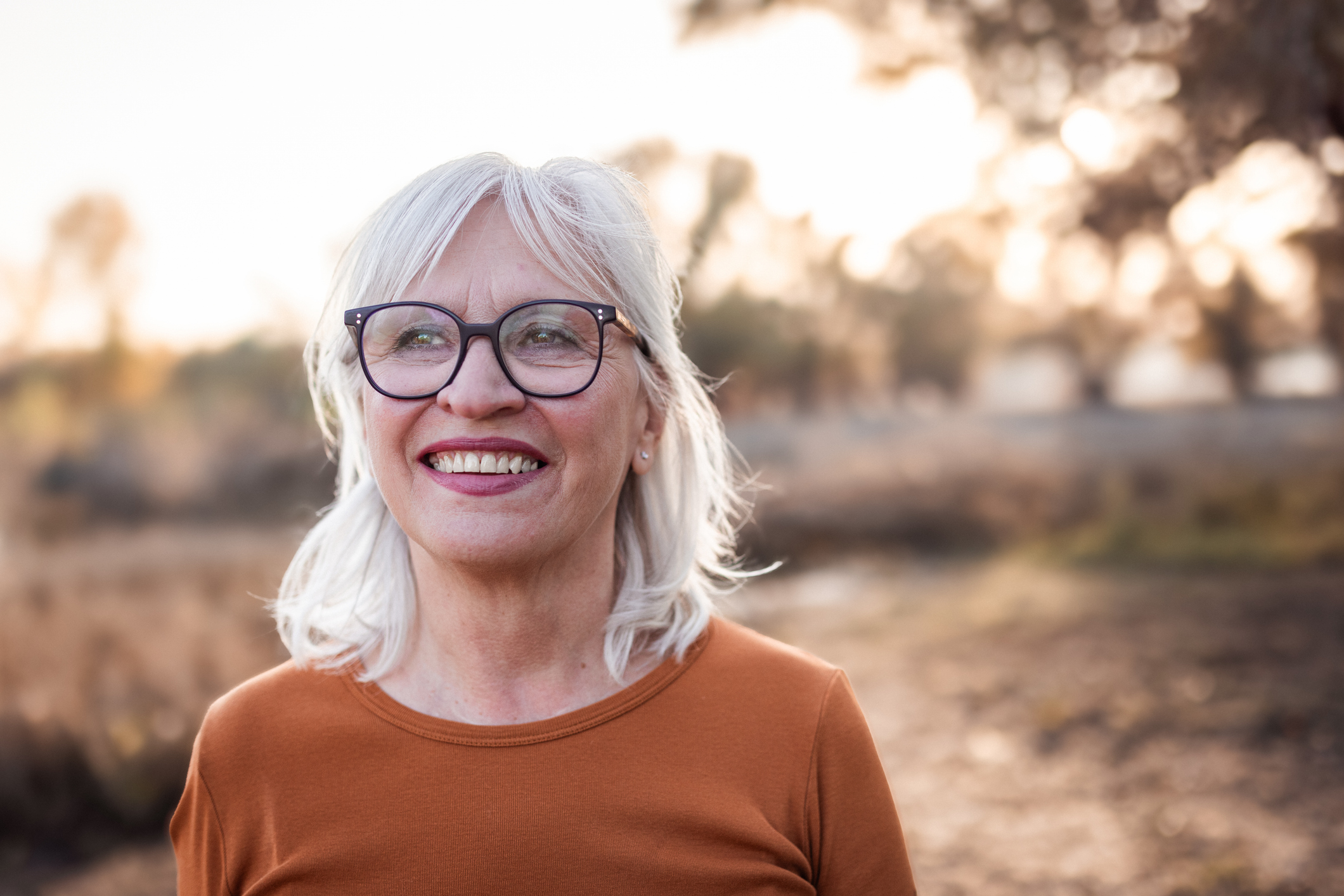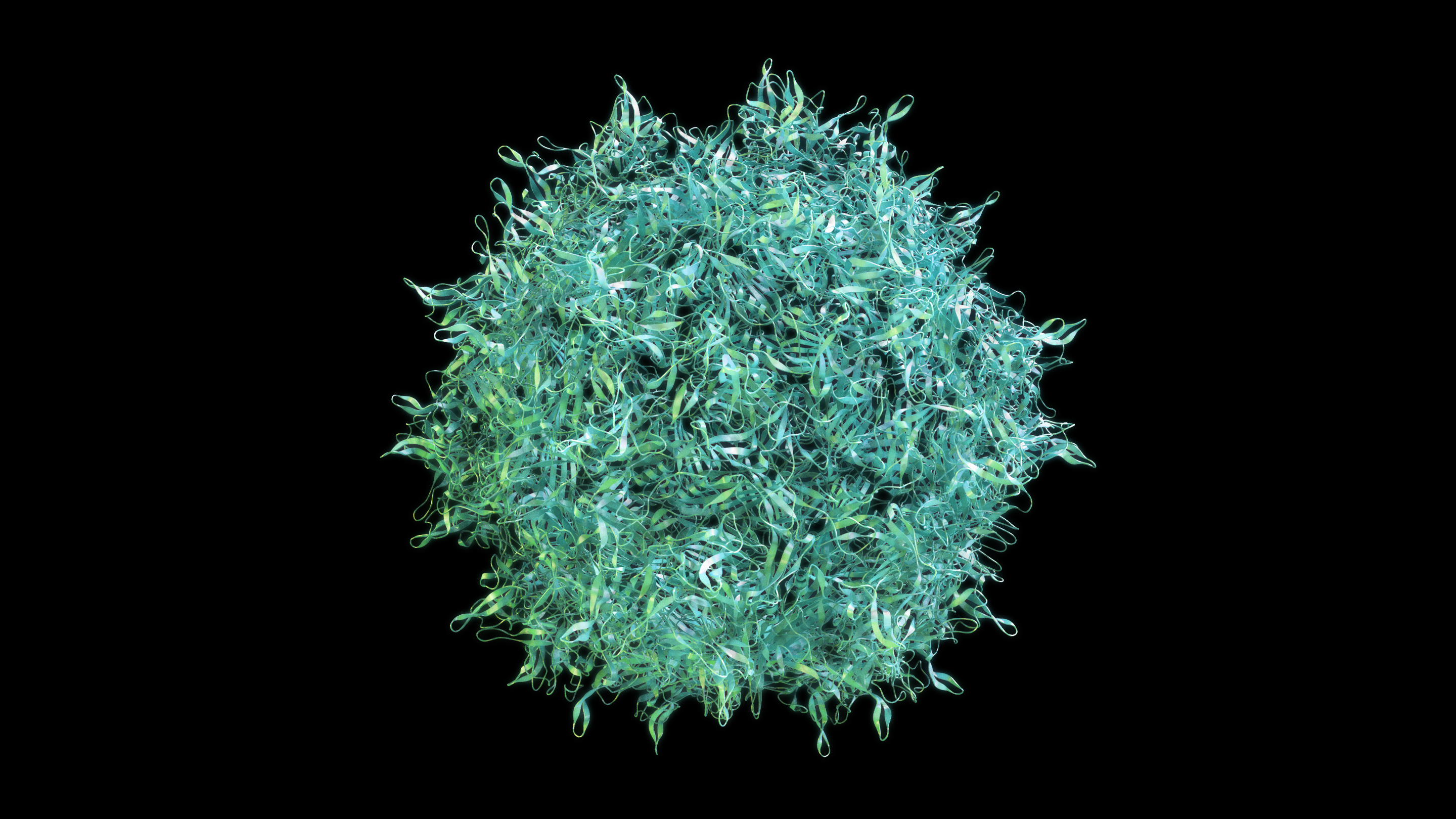
Learn about a longer-lasting drug treatment, approved by the FDA in 2019, for the wet form of age-related macular degeneration (AMD).
Currently, many patients with wet AMD require injections into the eye every month or two to preserve their vision. Patients often ask when new, longer lasting treatments will become available. A new drug, called brolucizumab, (Beovu®) was recently approved by the FDA, and it can last longer.
Treatments Available for Wet Age-Related Macular Degeneration
For wet AMD, the standard treatments are intraocular injections of drugs that block vascular endothelial growth factor (VEGF). This is because VEGF promotes the growth and leakage of abnormal vessels in the retinas of patients with wet AMD. These drugs aflibercept (Eylea®), ranibizumab (Lucentis®), and bevacizumab (Avastin®) typically work for 4-8 weeks, and then need to be injected again. Before approval of Beovu, based on clinical trial evidence, Eylea seemed to be the longest-lasting of these drugs, at 8 weeks. Nevertheless, some patients have done well when dosed at the ophthalmologists’ discretion with injections of Lucentis or Avastin less frequently than every 4 weeks.
Beovu Clinical Trial Results
Beovu is a new anti-VEGF drug that, in two phase III clinical trials, was effective in half of the patients at a dosing frequency of 12 weeks between treatments. The other half required treatments at 8-week intervals. The FDA recently approved the drug, which may already be available to your ophthalmologist.
Beovu was tested in two large clinical trials enrolling patients with wet AMD. On average, patients gained seven letters on the eye chart, and 30 percent of patients gained at least 15 letters. Ninety-three percent of patients maintained at least the vision they had when they started receiving Beovu. In this trial, Beovu given every 2-3 months was non-inferior to Eylea given every two months. Compared to patients receiving Eylea, those receiving Beovu had thinner central retinas, which usually indicates better effectiveness in “drying up” the wet AMD retinas. Consistent with this, fewer patients in the Beovu group had retinal fluid detectable by optical coherence tomography imaging.
Treatment with Beovu
Treatment with Beovu requires monthly injection for the first 3 months to give the drug a “jump start,” followed by injections every 2-3 months, as needed/recommended by the treating ophthalmologist.
Potential Side Effect of Beovu
A downside of Beovu is ocular inflammation. The rate discovered in the clinical trials was 4 percent for Beovu versus 1 percent for Eylea. Most of the cases of ocular inflammation associated with Beovu resolved without any further problems after treatment with anti-inflammatory eye drops.
However, on Feb 23, 2020, the American Society of Retina Specialists (ASRS) sent a report to its membership that 11 of the 46,000 injections of Beovu done so far in the US were associated with serious retinal blood vessel occlusions, which can lead to permanent vision loss.
For about half of the patients willing to accept the risk of this infrequent but serious potential complication, Beovu will enable treatment intervals to be stretched to once every 3 months. That’s much better than the original dosing of anti-VEGF drugs, every 4 weeks. Even longer-lasting treatments are in clinical trials, including an implanted, inside-the-eye, storage device for Lucentis, or gene therapy blocking VEGF.
About BrightFocus Foundation
BrightFocus Foundation is a premier global nonprofit funder of research to defeat Alzheimer’s, macular degeneration, and glaucoma. Since its inception more than 50 years ago, BrightFocus and its flagship research programs—Alzheimer’s Disease Research, Macular Degeneration Research, and National Glaucoma Research—has awarded more than $300 million in research grants to scientists around the world, catalyzing thousands of scientific breakthroughs, life-enhancing treatments, and diagnostic tools. We also share the latest research findings, expert information, and resources to empower the millions impacted by these devastating diseases. Learn more at brightfocus.org.
Disclaimer: The information provided here is a public service of BrightFocus Foundation and is not intended to constitute medical advice. Please consult your physician for personalized medical, dietary, and/or exercise advice. Any medications or supplements should only be taken under medical supervision. BrightFocus Foundation does not endorse any medical products or therapies.
- Treatments
- Wet AMD









